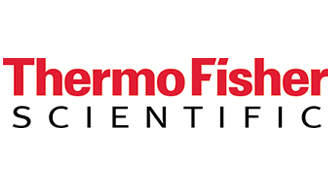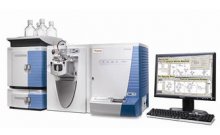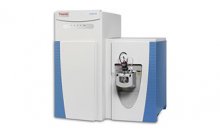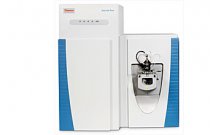药物发现中的代谢谱:理解代谢组学研究中减少生物化学和化学噪音的影响因子
Metabolomic Profiling in Drug Discovery: Understanding the Factors that Influence a Metabolomics Study and Strategies to Reduce Biochemical and Chemical Noise
Key Words:
Q Exactive Focus, SIEVE Software, Biomarker, Discovery, Metabolomics
Goal:
To develop a new automated workflow and instrumentation for metabolomics biomarker discovery.
Introduction:
Metabolomics is used within the pharmaceutical industry to investigate biochemical changes resulting from pharmacological responses to potential drug candidates.The ability to identify markers of toxicity/efficacy can significantly accelerate drug discovery and help define the appropriate clinical plan. Data from liquid chromatography-mass spectrometry (LC-MS) metabolomic
profiling experiments contains large amounts of chemical background that often confounds biomarker discovery.
New mass spectrometer technology and data processing software were utilized here to reduce chemical background in animal experiments investigating the relation of animal age and nutrition to discerning drug-induced changes. In typical LC-MS metabolomics studies, much of the data is redundant (multiple ions per component) and irrelevant (chemical noise). External factors that influence metabolic profiles (age, nutrition) increase biological variation. Because many of the chemical entities are unknowns, it is especially important to filter false positives before implementing structure elucidation. Ultrahigh resolution instruments combined with ultra-high performance LC (UHPLC) separations address the issues of chemical noise and redundancy by providing sufficient resolution to distinguish metabolites from chemical background. Accurate mass data allows sophisticated processing needed to recognize related signals. This leads to significant reduction in data size and providing improved quantitation of targeted metabolites. Biological factors have profound impact on metabolic profiles and even modest metabolic changes can obscure drug-induced metabolic effects. Understanding normal metabolic changes in rats helps to minimize “biological noise” and provides more confidence in assigning specific drug-related metabolic changes.
Conclusion
The Q Exactive Focus mass spectrometer provides a precise and robust platform for untargeted metabolomics studies. The platform has fast scan speeds compatible with UHPLC, and can be used with external calibration in both positive and negative ion modes for an extended period of time while keeping excellent mass accuracy and response. Technical replicates are not necessary. The 70,000 resolving power allows fine isotope pattern to be obtained which can aid unambiguous elemental composition. To deal with the numerous sources of noise inherent to these studies, intelligent data reduction tools found in SIEVE software can be used to significantly reduce the chemical noise. In addition, the use of systematic studies help to characterize biological noise, while metabolomic prescreening can help identify biological outliers to ensure homogeneity within an entire study.
As demonstrated in this study, fasting is a significant variable in model design, and fasting data can help contextualize drug-induced changes in many metabolites. Fasting in rats was found to have a profound impact on metabolomic profiles. Although most metabolic changes were modest in extent, fasting exacerbated or obscured some drug-induced metabolic effects.




